当前位置:
X-MOL 学术
›
J. Phys. Chem. C
›
论文详情
Our official English website, www.x-mol.net, welcomes your
feedback! (Note: you will need to create a separate account there.)
Models of Surface Morphology and Electronic Structure of Indium Oxide and Indium Tin Oxide for Several Surface Hydroxylation Levels
The Journal of Physical Chemistry C ( IF 3.3 ) Pub Date : 2018-01-02 00:00:00 , DOI: 10.1021/acs.jpcc.7b10267
Jaren Harrell 1 , Muhammed Acikgoz 1 , Hela Lieber Sasson 2 , Iris Visoly-Fisher 2 , Alessandro Genova 1 , Michele Pavanello 1
The Journal of Physical Chemistry C ( IF 3.3 ) Pub Date : 2018-01-02 00:00:00 , DOI: 10.1021/acs.jpcc.7b10267
Jaren Harrell 1 , Muhammed Acikgoz 1 , Hela Lieber Sasson 2 , Iris Visoly-Fisher 2 , Alessandro Genova 1 , Michele Pavanello 1
Affiliation

|
Indium oxide (IO) and indium tin oxide (ITO) are important metal oxide materials with a wide array of applications. Particularly, ITO is employed as a transparent conductive electrode in photovoltaic systems. While bulk metal oxides are typically well characterized, their surfaces, especially in real-life applications, can be hydroxylated and intrinsically disordered to a level that a structure–function prediction becomes a daunting task. We tackle this problem by carrying out simulations based on Density Functional Theory. We propose IO and ITO hydroxylated surfaces derived from the bcc and rombohedral IO polymorphs (100%, 66%, 33%, and 0% hydroxylation coverages were considered). By correlating computed quantities such as surface partial density of states, work functions, and surface dipole strength, a clear picture of the structure–function relationships in these model systems emerges. In line with conclusions drawn from experiments, we find that the density of states of 100% hydroxylated surfaces and bulk models are unaltered by Sn doping, with the only difference being the position of the Fermi level. The partially hydroxylated surfaces, instead show a rich array of behaviors, including appearance of surface states in the gap and appearance of interesting morphologies, such as chemisorbed molecular oxygen. We also find that the hydroxylation level affects surface dipoles in a systematic way, that is, the higher the hydroxylation level, the higher the surface dipole (screening/reducing the work function). Furthermore, models with In-atom vacancies show a relatively small decrease in surface dipole with hydroxyl coverage due to surface distortions.
中文翻译:

几种表面羟化水平的氧化铟和氧化铟锡的表面形态和电子结构模型
氧化铟(IO)和氧化铟锡(ITO)是重要的金属氧化物材料,具有广泛的应用范围。特别地,ITO被用作光伏系统中的透明导电电极。尽管通常可以很好地表征块状金属氧化物,但是它们的表面(尤其是在现实生活中的应用)可以被羟基化,并且本质上无序到一定程度,以至于结构功能预测成为一项艰巨的任务。我们通过基于密度泛函理论进行仿真来解决此问题。我们提出了从bcc和菱形IO多晶型物衍生的IO和ITO羟基化表面(考虑了100%,66%,33%和0%的羟基化覆盖率)。通过关联计算量,例如状态的表面局部密度,功函数和表面偶极强度,这些模型系统中出现了结构-功能关系的清晰图片。根据实验得出的结论,我们发现100%羟基化表面和本体模型的状态密度不会因Sn掺杂而改变,唯一的区别是费米能级的位置。相反,部分羟基化的表面表现出丰富的行为,包括间隙中表面状态的出现和有趣的形态(如化学吸附的分子氧)的出现。我们还发现羟基化水平以系统的方式影响表面偶极子,即,羟基化水平越高,表面偶极子越高(筛选/降低功函数)。此外,
更新日期:2018-01-02
中文翻译:

几种表面羟化水平的氧化铟和氧化铟锡的表面形态和电子结构模型
氧化铟(IO)和氧化铟锡(ITO)是重要的金属氧化物材料,具有广泛的应用范围。特别地,ITO被用作光伏系统中的透明导电电极。尽管通常可以很好地表征块状金属氧化物,但是它们的表面(尤其是在现实生活中的应用)可以被羟基化,并且本质上无序到一定程度,以至于结构功能预测成为一项艰巨的任务。我们通过基于密度泛函理论进行仿真来解决此问题。我们提出了从bcc和菱形IO多晶型物衍生的IO和ITO羟基化表面(考虑了100%,66%,33%和0%的羟基化覆盖率)。通过关联计算量,例如状态的表面局部密度,功函数和表面偶极强度,这些模型系统中出现了结构-功能关系的清晰图片。根据实验得出的结论,我们发现100%羟基化表面和本体模型的状态密度不会因Sn掺杂而改变,唯一的区别是费米能级的位置。相反,部分羟基化的表面表现出丰富的行为,包括间隙中表面状态的出现和有趣的形态(如化学吸附的分子氧)的出现。我们还发现羟基化水平以系统的方式影响表面偶极子,即,羟基化水平越高,表面偶极子越高(筛选/降低功函数)。此外,


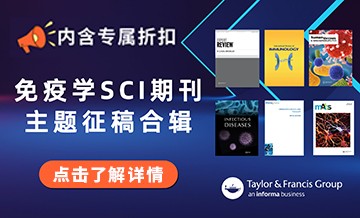

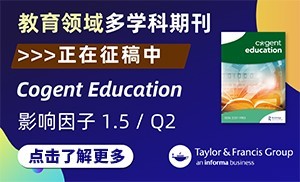

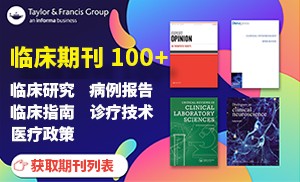



















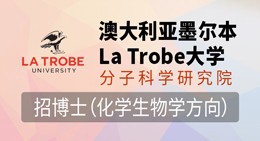
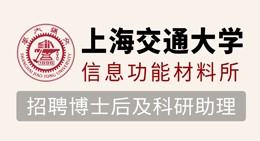
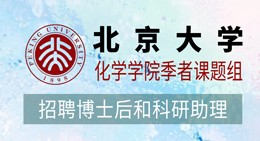


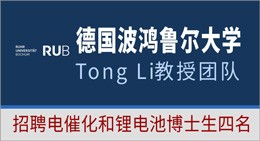

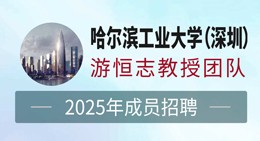
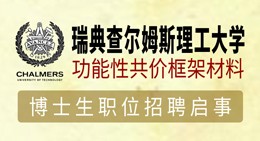
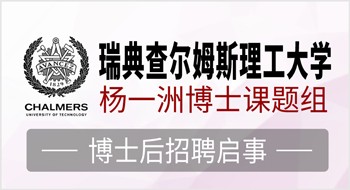



 京公网安备 11010802027423号
京公网安备 11010802027423号